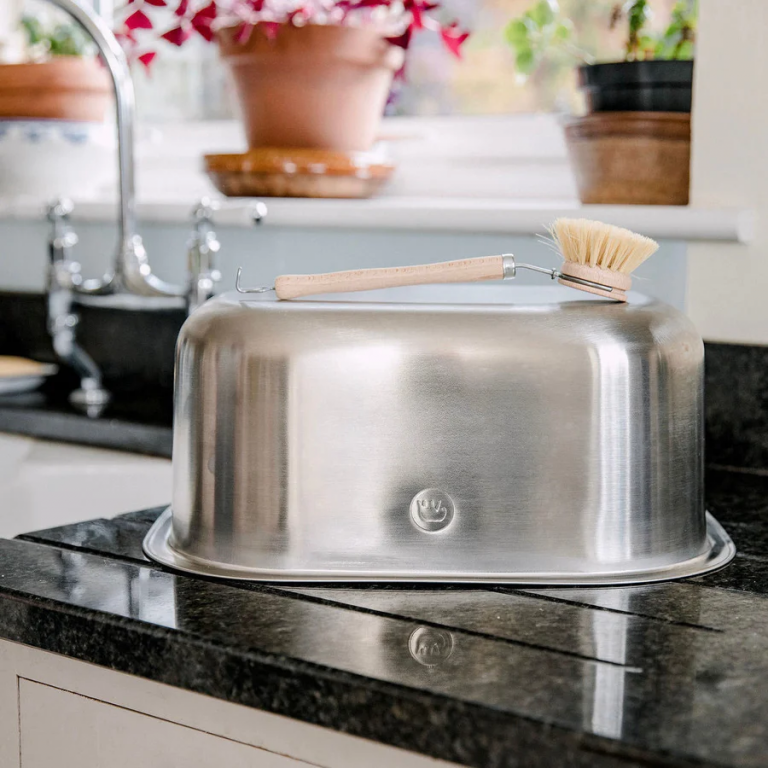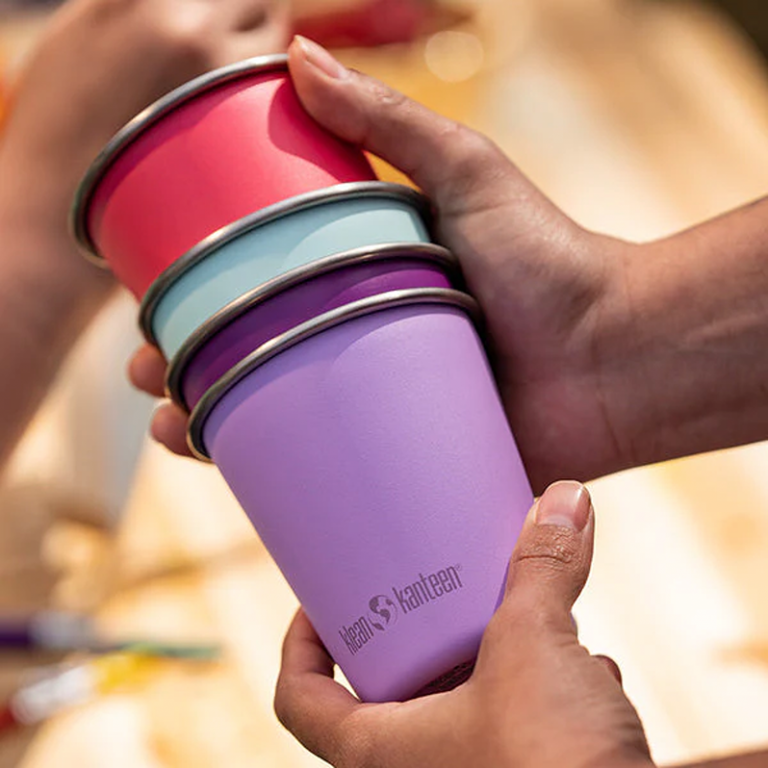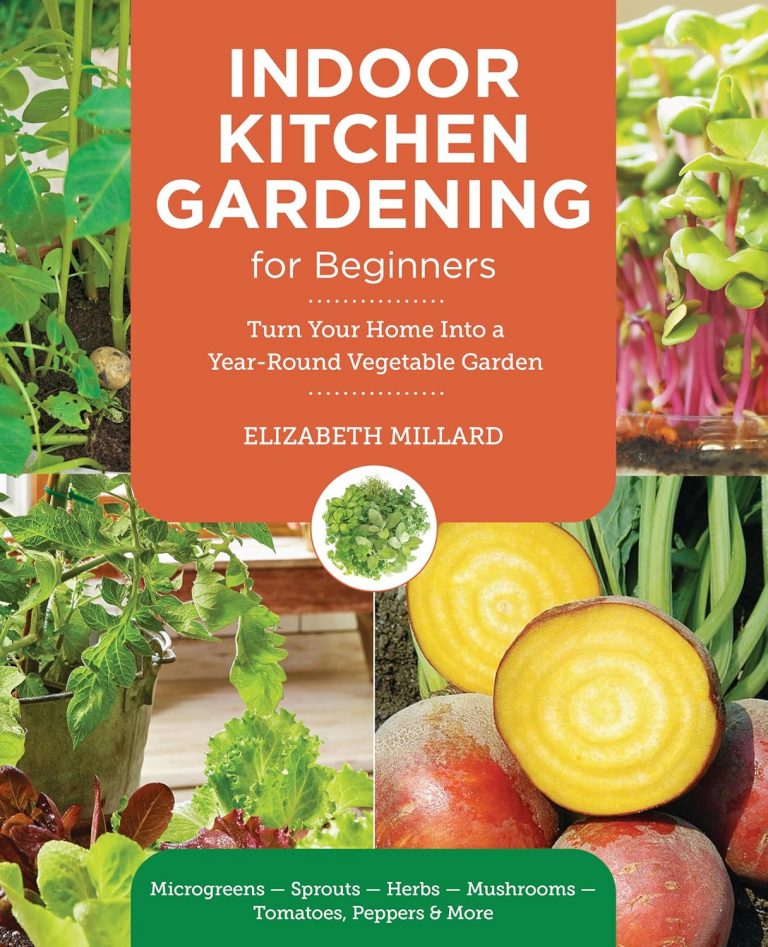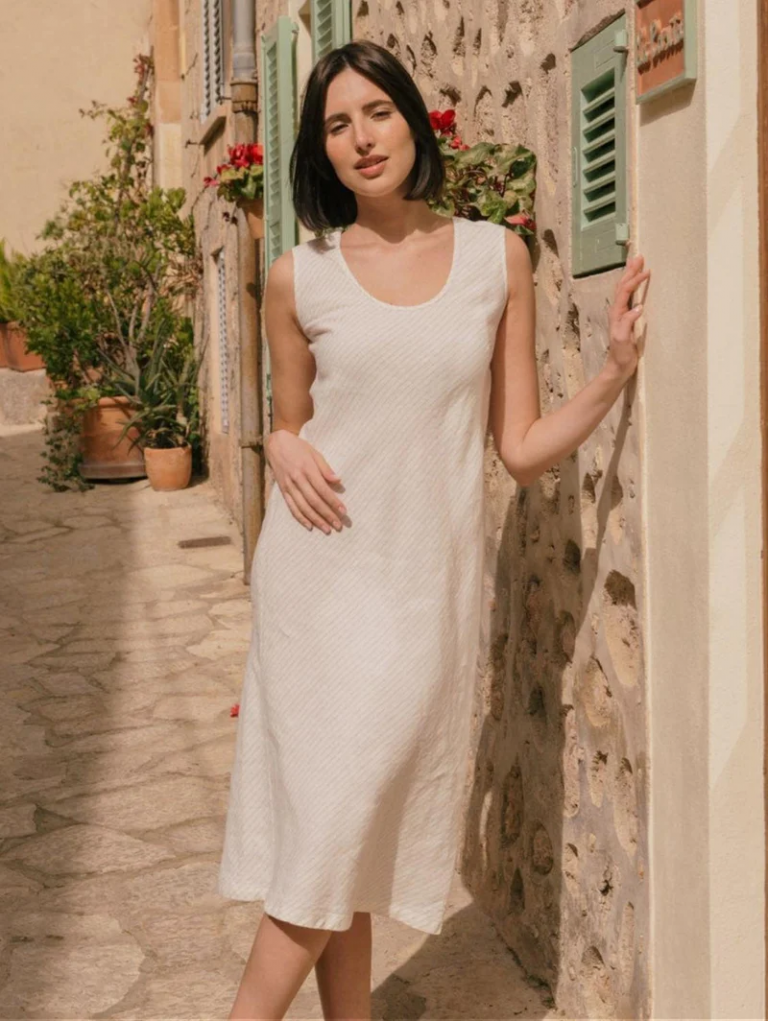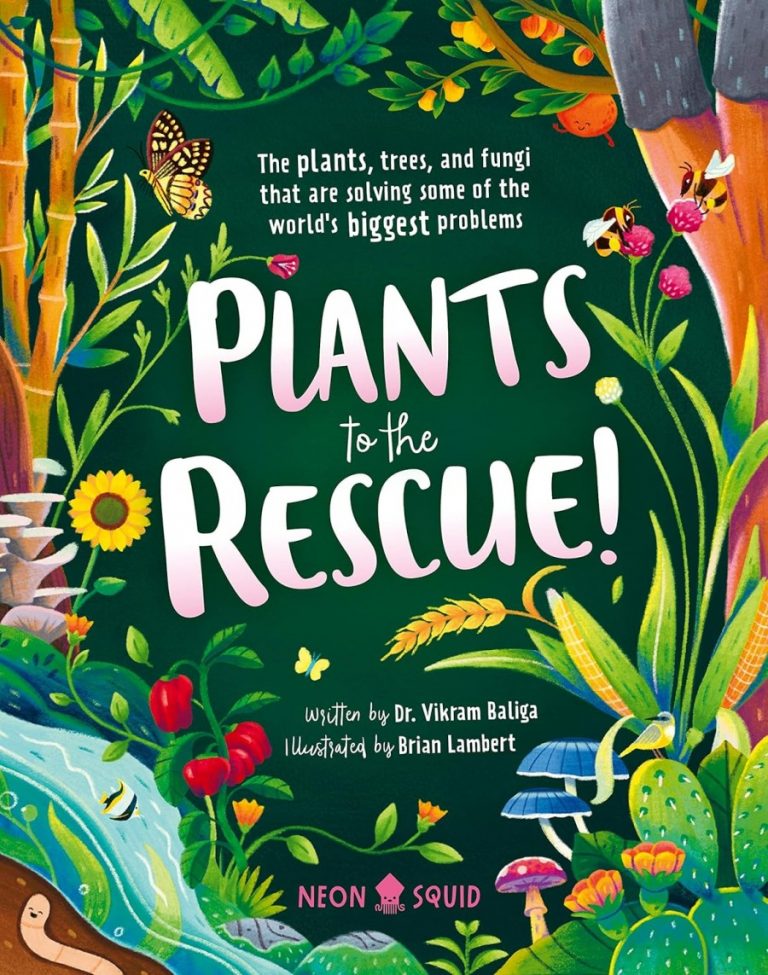
Around 2 to 3% of landfill waste is made up of disposable nappies. It costs UK councils around £60 million each year to deal with disposal of single-use nappies, money which of course could be spent on better services.
- Reusable nappies have more padding, which encourages legs to slightly separate. This is usually good for hip development, if fitted snugly.
- However, it’s good to allow time for babies to go nappy-free, such as during play time, when you know they have just been to the toilet.
- Use terry cloth nappies with Nappi Nippa fasteners.
- Use washable nappies with PlanetCare microfiber filter which lets you send used cartridges for recycling.
- Many councils offer incentives on reusable nappies and nappy laundries (laundered to NHS standards).
- Wash on a high-temperature wash and use Bio-D Nappy Fresh for safe effective cleansing. Avoid fabric conditioner (reduces absorbency). Instead add half a cup to unscented cleaning vinegar to the dispenser or final rinse cycle.
Better for the Environment
Cloth nappies can cut down on the huge amount of rubbish from disposables. A single child can go through thousands of nappies before potty training.
Cloth nappies don’t pile up in landfills, breaking down over hundreds of years, and they let you reuse the same set over and over.
If you line dry, use eco-friendly detergents and wash full loads, their carbon footprint stays low.
Save Money in the Long Run
The first spend on cloth nappies can seem steep, but you’ll quickly see savings. Buying one set can last your baby years and be used for another child later.
Disposable nappies rack up weekly costs until your child is dry. With cloth, after the first purchase and the cost of washing, you rarely need more.
Even with a few extra accessories, the total still adds up to much less.
Kinder to Skin
Babies with sensitive skin benefit from natural, breathable fibres in cloth nappies. They let air flow, which lowers the chance of nappy rash.
You won’t find lotions, gels, or perfumes in cloth, so there’s less risk of irritation. If your child often gets rashes from disposables, switching to plain cotton or bamboo nappies may help.
Many Styles and Types
Modern cloth nappies don’t mean safety pins and terry squares (unless you want them). All-in-ones, pocket nappies, snap-in inserts, and covers are simple to use. They come in fun prints and different fits to suit every baby.
Some have adjustable sizing, so they grow with your child.
Washing Is Straightforward
Washing nappies feels like a big change at first. Most parents find a routine that works for them quickly.
Shake solids into the toilet, store dirty nappies in a wet bag or bucket, then wash every couple of days.
Modern washing machines do most of the hard work. No soaking or boiling is needed. Simple, fragrance-free detergent keeps everything clean.
Fewer Chemicals
Disposable nappies use absorbent gels, bleaches, and plastics. Cloth nappies stick to fabric—often organic or plant-based.
This means fewer chemicals next to your baby’s skin all day and night. Many parents like the peace of mind that comes from avoiding unknown ingredients.
Early Potty Training
Babies in cloth nappies may potty train earlier. Cloth doesn’t keep your child as dry as disposables do, so they feel wetness sooner and learn the link between going and feeling damp.
Some parents find this means an earlier and smoother switch to the potty.
Resale and Second-Hand Value
Used cloth nappies hold their value. Many parents buy or sell nappies online once their child grows out of them.
Good brands and well-kept sets go fast, letting you get back some of your spend. This keeps nappies out of landfills even longer.
Washable cloth nappies have clear benefits for your wallet, your child, and the planet. They’re safe, simple to use, and kinder to delicate skin.
With plenty of styles to pick from and a strong second-hand market, cloth nappies make a smart, flexible choice for many families. Try them out and see if they fit with your routine—many parents never look back.
Where to Buy Washable Nappies
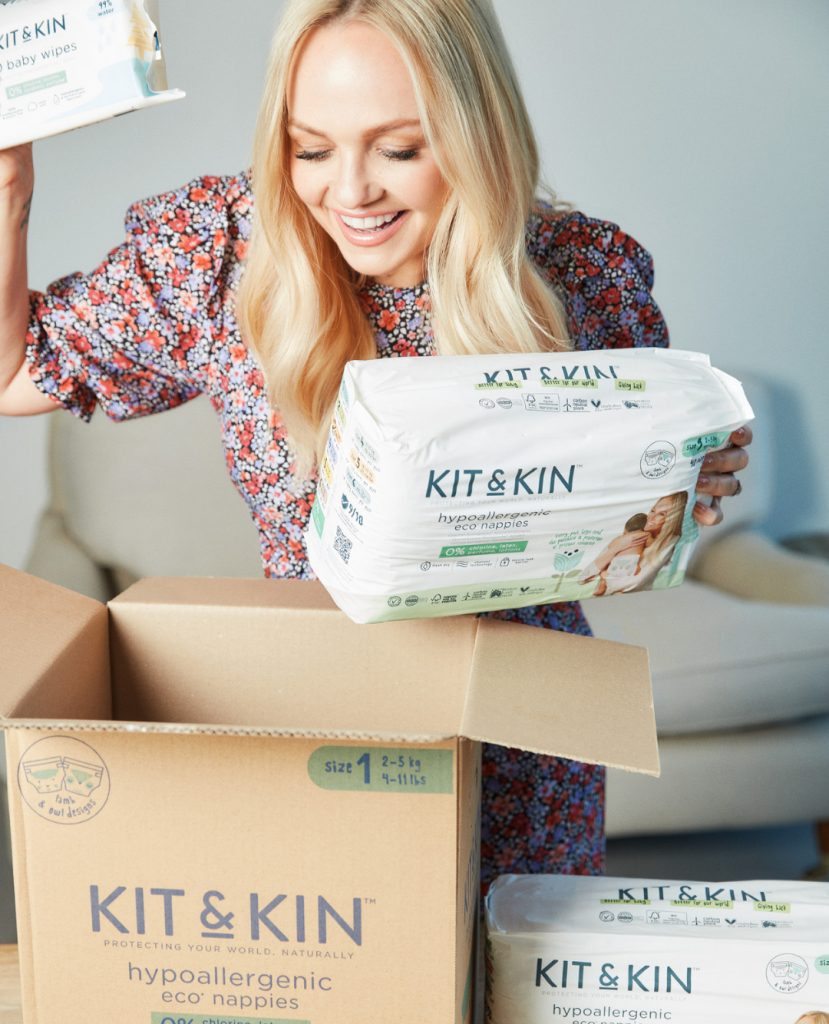
Kit & Kin Eco Nappies are made from a plant-based material derived from sugar-cane, and designed in a modern way to help prevent leaks. Free from dyes and scents, they are sold in easy-to-recycle paper packaging.
You can also buy biodegradable (not flushable) baby wipes and fragrance-free nappy bags. A portion of profits from each pack sold goes to World Land Trust, which is helping to restore rainforests worldwide.
This brand has had a lot of media coverage, due to the co-founder being Emma Bunton (Baby Spice!)
Modern Cloth Nappies is a nice website. Not does it offer all you need to know about the benefits and how-to-use info for reusable nappies, but it’s also beautifully designed and laid out, so makes everything easy to understand, in a minefield of information.
You can buy reusable nappies for new babies, night-time and one-size nappies (that grow with your baby), along with biodegradable (not flushable) liners, baby changing mats and nappy storage sets. Free shipping for orders over £50.
Reasons to Choose Eco Disposable Nappies
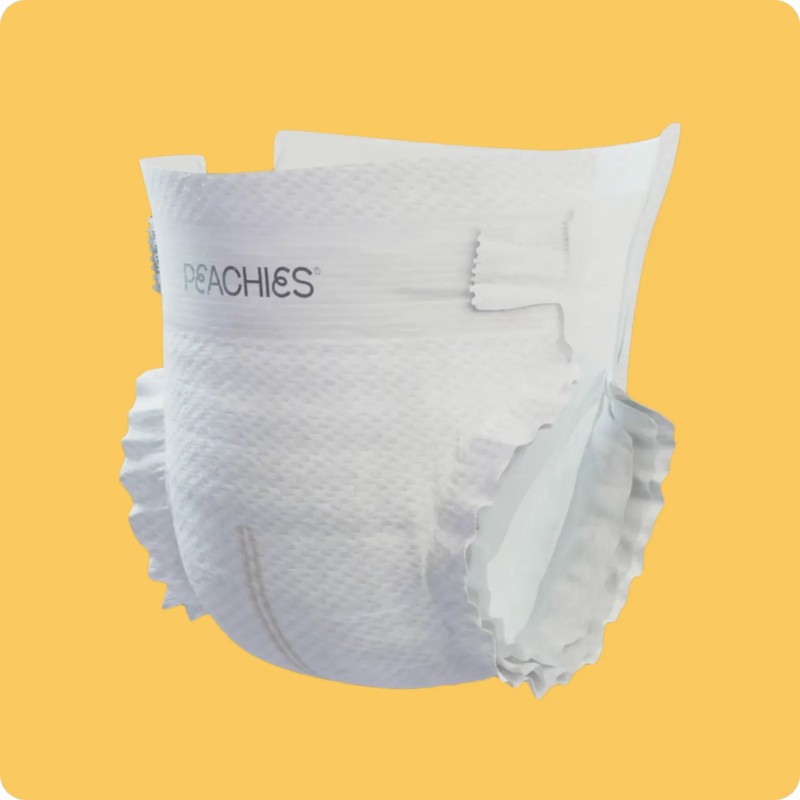
Choosing nappies is never simple with so many options around. And the truth is that most people still use disposable nappies, and are not switching to washable versions any time soon.
The best-selling brand Pampers is owned by Procter & Gamble, an animal-testing company based in the US, which owns several other brands including Ariel, Gillette, Braun, Vicks and Head & Shoulders.
Instead, consider switching to Peachies. This brand is not perfect (there is some plastic and they are made in Canada, so shipped here).
But the nappies are free from dyes and scent, and engineered to redesign the disposable nappy ‘from the inside-out’. To avoid ‘poop explosions!’
With over 20,000 happy families in the UK using them, many say nappy rash from using previous brands disappears ‘almost immediately’ when switching.
How to Help Prevent Nappy Rash
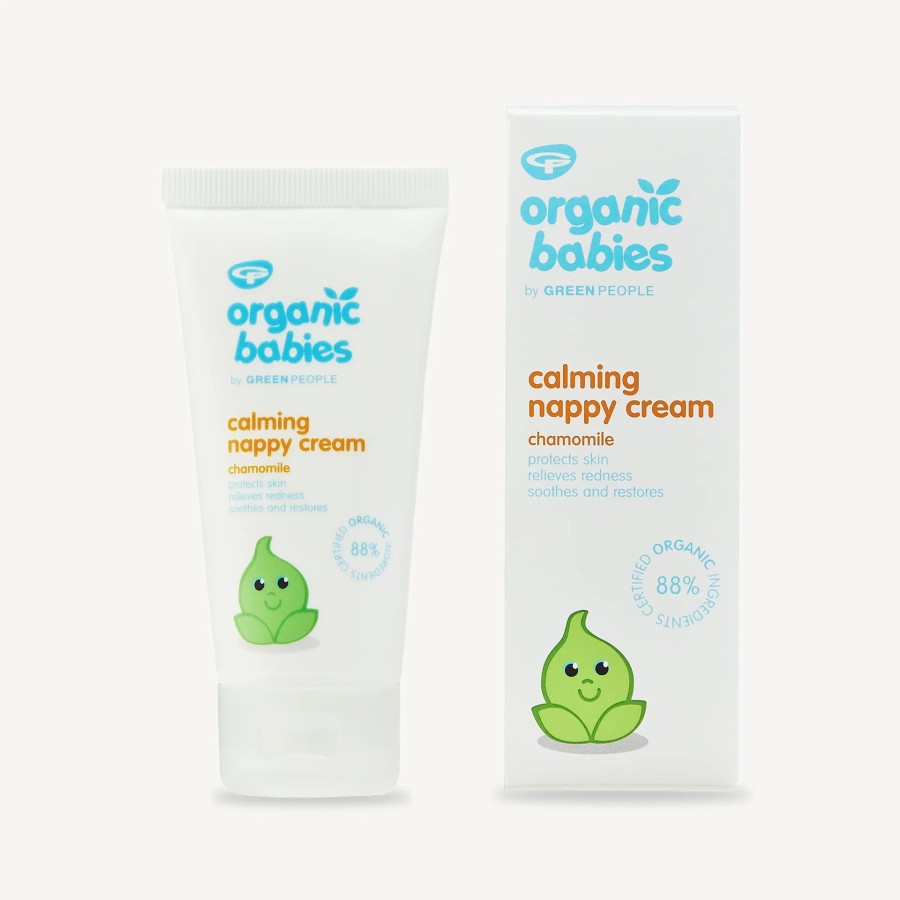
Nappy rash often shows up as red, sore skin on your baby’s bottom, and it can lead to a lot of discomfort. Preventing it means less crying, better sleep, and a happier little one.
Green People calming nappy cream is made with organic vegan ingredients and sold in easy-to-recycle packaging. This water-repellent cream is kind to sensitive skin, with berry wax to help prevent nappy rash. Ideal for babies with sensitive skin and eczema.
Keep away from pets, due to zinc oxide.
Change Nappies Often
Leaving a wet or dirty nappy on too long is one of the main causes of nappy rash. Check your baby’s nappy every couple of hours.
Change it right away if it’s wet or soiled. This limits skin contact with moisture and mess, keeping irritation to a minimum.
Choose the Right Nappy Size
A nappy that’s too tight rubs the skin, while one that’s too loose leaks. Both can increase the chance of nappy rash. Make sure the nappy fits snugly around your baby’s legs and waist, but still allows some movement.
Check the sizing chart if you’re not sure, as babies grow quickly and often need the next size up sooner than you’d think.
Use Gentle, Unscented Wipes
Many baby wipes have fragrance and alcohol, which can sting and dry out delicate skin. Use organic cotton baby wipes, when cleaning during changes.
If your baby’s skin already looks a bit sore, try cleaning their bottom with cotton wool and warm water instead, which is much less harsh.
Let Skin Dry Before Putting On a Nappy
Damp skin is more likely to get sore. After cleaning, gently pat your baby’s skin dry with a soft towel. Let their bottom air dry for a minute or two before putting on a fresh nappy.
This small step can make a big difference in keeping the skin healthy.
Apply a Barrier Cream
Barrier creams create a protective layer that stops wee and poo from irritating your baby’s skin. Use a thin layer of cream at every change, especially if your baby is prone to rashes.
Avoid thick applications – a light coating is enough and lets the skin breathe.
Give Nappy-Free Time Each Day
Letting your baby spend some time without a nappy gives their skin a break and helps prevent rashes. Lay down a towel or waterproof mat and let your baby kick about for five to ten minutes a few times a day.
Fresh air helps skin recover and stay healthy.
Avoid Talcum Powder
Talcum powder was once popular, but it can irritate your baby’s skin and even cause breathing problems if inhaled.
If you want to reduce moisture, make sure the skin is dry before putting the nappy back on.
Wash Cloth Nappies Properly
If you use cloth nappies, wash them in fragrance-free detergent and rinse them thoroughly to remove all soap.
Avoid using fabric softeners, as these can leave a film on the nappy that might irritate skin. Dry nappies completely and store them somewhere clean until you need them.
Watch for Signs of Allergies
Sometimes, nappy rash is caused by an allergy to a specific nappy brand, wipe, or even laundry product. If you’ve taken these steps and your baby keeps getting nappy rash, consider switching products.
Look for hypoallergenic nappies or wipes, and talk to your health visitor or GP if the rash doesn’t improve.

